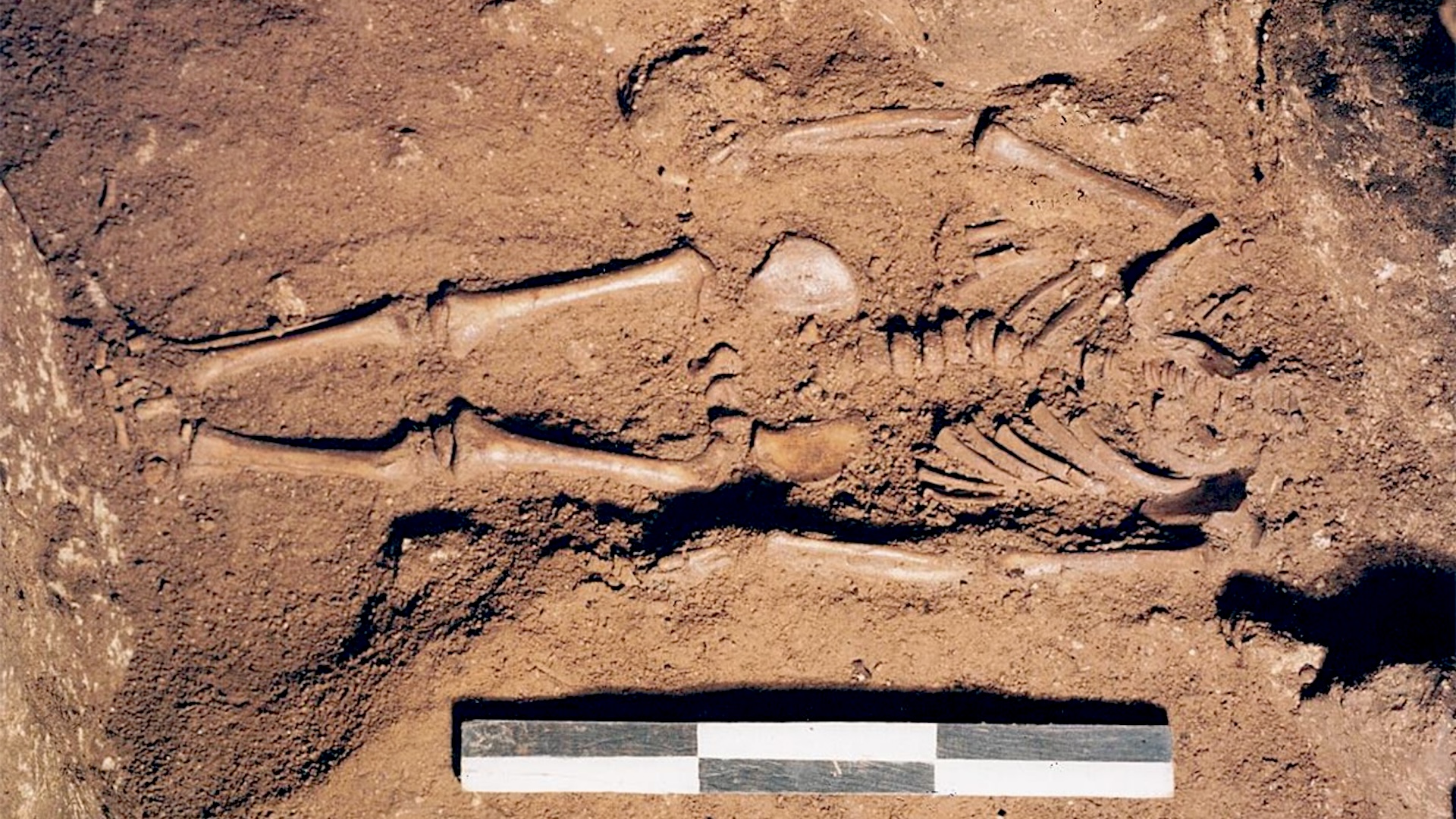Remote Sensing, Vol. 15, Pages 4987: Deep Learning Methods for Semantic Segmentation in Remote Sensing with Small Data: A Survey
Remote Sensing doi: 10.3390/rs15204987
Authors: Anzhu Yu Yujun Quan Ru Yu Wenyue Guo Xin Wang Danyang Hong Haodi Zhang Junming Chen Qingfeng Hu Peipei He
The annotations used during the training process are crucial for the inference results of remote sensing images (RSIs) based on a deep learning framework. Unlabeled RSIs can be obtained relatively easily. However, pixel-level annotation is a process that necessitates a high level of expertise and experience. Consequently, the use of small sample training methods has attracted widespread attention as they help alleviate reliance on large amounts of high-quality labeled data and current deep learning methods. Moreover, research on small sample learning is still in its infancy owing to the unique challenges faced when completing semantic segmentation tasks with RSI. To better understand and stimulate future research that utilizes semantic segmentation tasks with small data, we summarized the supervised learning methods and challenges they face. We also reviewed the supervised approaches with data that are currently popular to help elucidate how to efficiently utilize a limited number of samples to address issues with semantic segmentation in RSI. The main methods discussed are self-supervised learning, semi-supervised learning, weakly supervised learning and few-shot methods. The solution of cross-domain challenges has also been discussed. Furthermore, multi-modal methods, prior knowledge constrained methods, and future research required to help optimize deep learning models for various downstream tasks in relation to RSI have been identified.

 1 year ago
41
1 year ago
41


